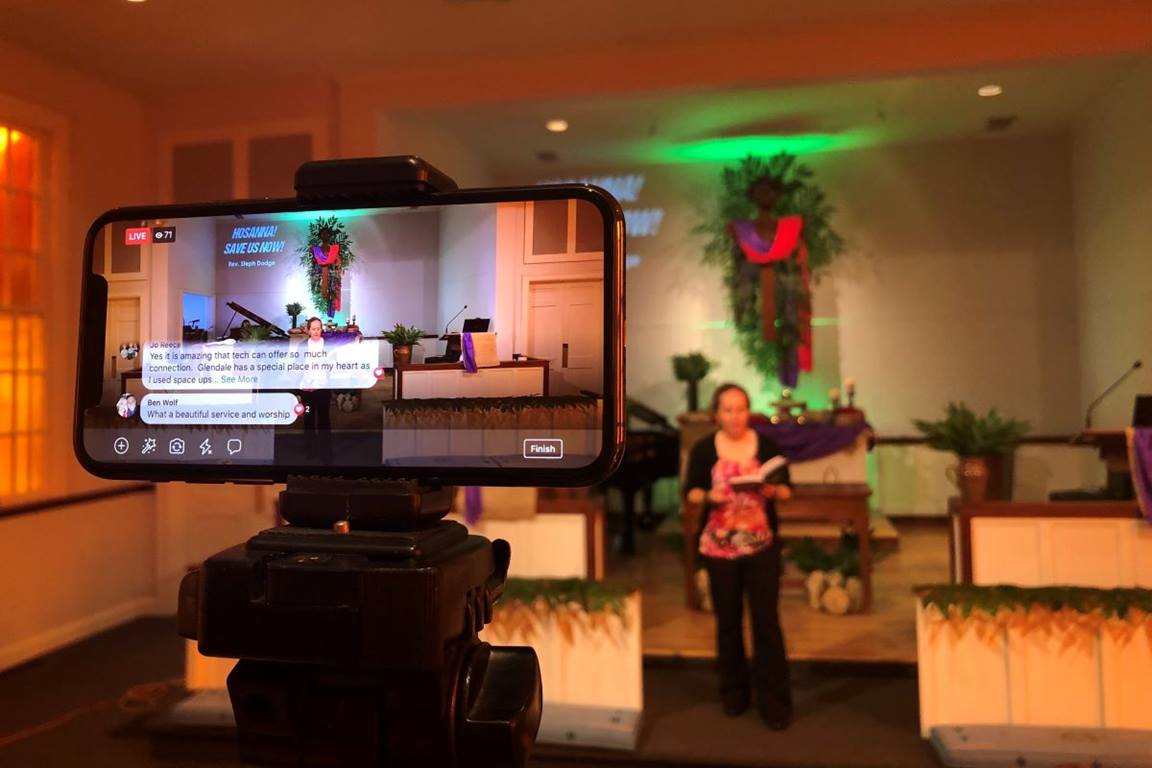How many people attended religious services last week? That used to be a relatively simple question, but COVID-19 has turned that on its head. And the safety decisions that leaders made not only had an immediate impact on congregational attendance but are likely to affect the future.
Overall Religious Attendance Declining
Religious service attendance in the U.S. declined sharply at the beginning of the pandemic, with a gradual but only partial rebound in the following two years. The Pew Research Center reported that among pre-COVID regular religious service attenders the number saying they had attended in the past month increasing from 33% in July 2020 to 42% in March 2021 and seeming to plateau at 43% in March 2022. But 30% also say they have streamed a service during that same period. In fact, Pew finds that roughly equal numbers attend only in person, attend only on-line, or do both.
What did that look like at the local level? Over a six-month period in early 2021, we surveyed the leaders of 100 different congregations in Houston, Texas, and we interviewed 26. Of the 100 congregational leaders we surveyed, 37% reported an increase in attendance in-person and online in early 2021 when compared to a typical week before the pandemic, while 57% reported a decrease. This leaves just 7% of congregations in our sample that reported no change in attendance numbers before and during the presence of COVID-19 in the U.S.
“While seeing declines in overall attendance and participation was discouraging for many leaders, they also saw hope in the possibilities of online services.”
Online Outreach
While seeing declines in overall attendance and participation was discouraging for many leaders, they also saw hope in the possibilities of online services. The leader of a majority white mainline church explains the advantages of streaming services online and why they will continue to do so in the future: “The benefit, besides being able to reach our people with a quality service has been that from now on, we’re going to keep livestream with us. That way when people are homebound or travelling, they’re able to watch it online. If anything happens again, we’ll be ready and set up. Definitely we’ll keep it and continue to use it” (Interview15: White, Man, 57). The pastor of a predominantly Black evangelical church takes this idea of permanent online services even further, saying, “I think churches will maintain two congregations, one in person and one online” (Interview05: Black, Man, 52).
Investing in online services benefited many of the notable 37% of congregations we surveyed who saw increases in attendance mainly online. While we do not know what long-term effects the COVID-19 pandemic will have on religious attendance, the frequent (at least once a month) attenders seem to be returning, at least online.
Note: For more research on the pandemic’s impact on congregations, check out the project dubbed EPIC, headquartered at Hartford International University.
_________________
Our research was supported by the “How Houston’s Religious Communities Are Responding to At Risk Populations in a Time of COVID19” grant, funded by the Building Research on Inequality and Diversity to Grow Equity (BRIDGE) initiative at Rice University, Elaine Howard Ecklund, PI.



